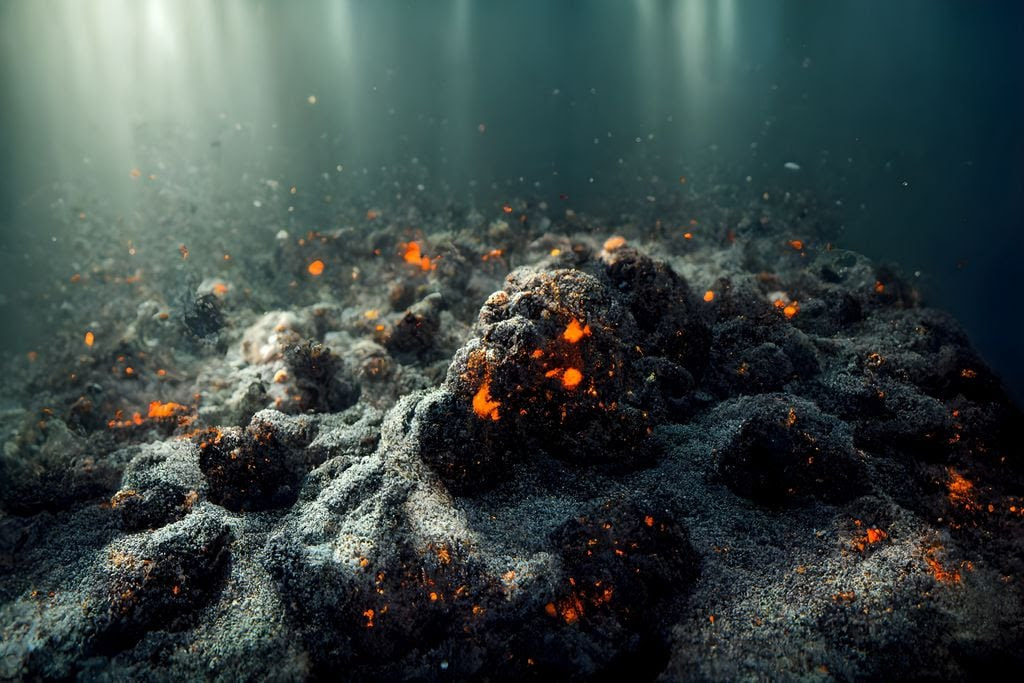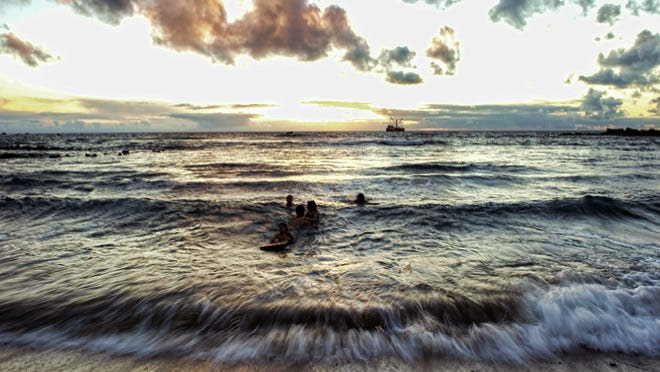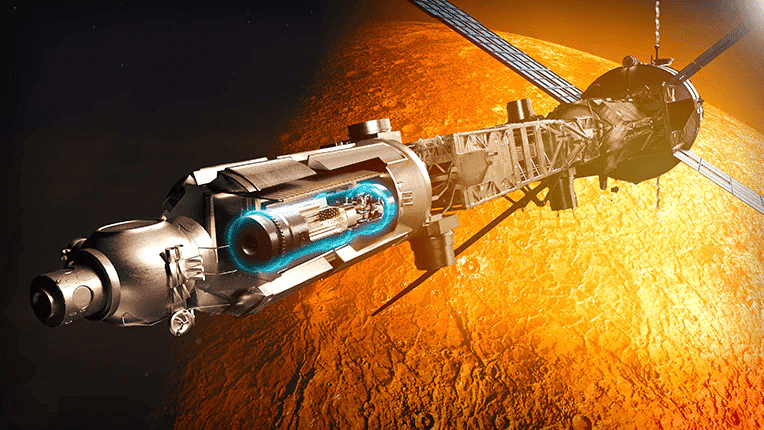
Yesterday, that is to say, more than six hundred million years ago, Pangea was formed, the last single supercontinent to cover part of the globe, but such a phenomenon is not exceptional and occurs every six hundred million years or so, all the continents coming together to form a single supercontinent. The next supercontinent should form in two or three hundred million years and has already been named Amasia.
From the moment the continents form on the Earth’s surface, they keep moving in relation to each other according to the movement of tectonic plates. The history of the Earth is thus a succession of different continental arrangements, ranging from an important dispersion of continents separated by oceans as it is the case today to the presence of a single supercontinent surrounded by a single ocean.
Geological and paleomagnetic records, which allow us to recreate the movement and position of the continents in the past, show that this single continent appears about every six hundred million years. Since Pangea, the last known supercontinent, formed in the Carboniferous period over three hundred million years ago, the next supercontinent will form in about three hundred million years and its name, Amasia, refers to the merger of North America and Asia.
The scenario predicting such a merger is currently the most likely and different models have been developed to understand how it will happen. A first scenario estimates that Amasia could form by closing the Atlantic Ocean, which would imply a reversal of the current tectonic constraints and the creation of new subduction zones, the place where tectonic plates overlap. This hypothesis is the introversion hypothesis, which predicts the closure of the most recent oceans such as the Atlantic and places Amasia in the same hemisphere as the former Pangea.

A second scenario predicts that the new supercontinent is centred on the North Pole and forms with the closure of the Arctic Ocean. This hypothesis, called orthoversion, takes into account the limits of the old supercontinent Pangea on which Amasia will be built. Finally, the third scenario predicts that the Atlantic Ocean continues to widen and that the Pacific Ocean closes.
This hypothesis is that of extroversion which foresees the closing of the old oceans and places the location of Amasia at opposite of Pangea. If it is difficult to reach a consensus on the formation of ancient supercontinents, a number of scientists believe that only the last two supercontinents, Pangea, which appeared about three hundred million years ago and Rodinia, which appeared about nine hundred million years ago, would have used the processes of either introversion or extroversion to form, unlike the first known supercontinent, Nuna or Columbia, which formed about 1.6 billion years ago.
A team of scientists investigated how the new supercontinent might form through 4D geodynamic modeling, taking into account elements such as the evolution of lithospheric thickness and strength influenced by the secular cooling of the Earth through the millennia and observing the influence of low velocity zones, the areas of the Earth’s mantle where seismic waves travel at low speed.
The results were published in the journal National Science Review and show that it is likely that Amasia formed according to the extroversion hypothesis with the closure of the Pacific Ocean. The models also show that the assembly of the supercontinent will depend on the thickness of the oceanic crust that makes up the ocean floor.
The thickness of the crust can vary greatly and depends on the amount of upper mantle magma that can be extracted at ocean ridges. The warmer the mantle, the more magma can be extracted and the thicker the oceanic crust, whereas a colder mantle produces less magma and therefore a thinner oceanic crust.
Based on the current Earth temperature, the estimated average thickness of the oceanic crust is between six and seven kilometers, although it is also possible for example to find an oceanic crust of three kilometers thick. At the time of the formation of the previous supercontinents, the situation was clearly different because the study carried out shows that the oceanic crust had a thickness of thirty to forty-seven kilometers 2.5 billion years ago. By testing the effect of the thickness of the oceanic crust on the assembly mechanism of supercontinents, the researchers demonstrated that with a crust of less than fifteen kilometers thick, the supercontinent would assemble by extroversion and would lead to the closure of the Pacific Ocean, while with a thickness of oceanic crust greater than twenty-five kilometers, the supercontinent would assemble by introversion, causing the closure of the Atlantic Ocean.
With a thickness of crust between fifteen and twenty-five kilometers, the assembly would be by orthoversion, along the boundary of the former supercontinent Pangea. Based on the observation that the oceanic crust only thins over time, it is likely that the supercontinent Rodinia was formed by introversion and Pangea was formed by extroversion. As the oceanic crust continues to thin, Amasia will probably also form by extroversion, with North America joining Asia following the closure of the Pacific Ocean and the Atlantic Ocean joining the Indian Ocean to form a new superocean. The environmental context at the time of the formation of Amasia in more or less three million years will be different from the one we know, the oceans will probably be at a lower level than now and an arid climate could cover the interior region of the supercontinent with large temperature ranges between day and night. The question remains whether a part of humanity will still be present to witness these changes.




